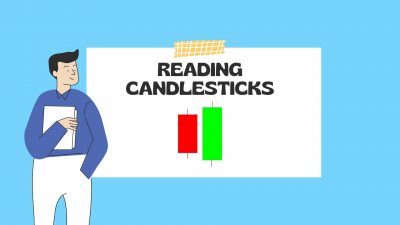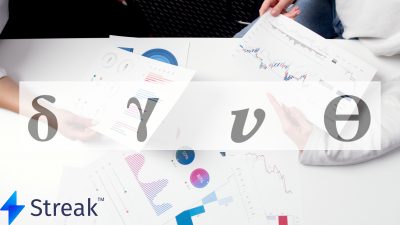A call option is a contract which gives its buyer the right to purchase the underlying at the strike price on which the contract was purchased. You can also decide to sell a call option. The seller of the call option will have an obligation to sell the stock at the strike price if the buyer of the call decides to exercise his right to buy the underlying stock.
How does the call option work?
Let’s say that you have been hearing news that a huge apartment complex is going to come up in your neighborhood. Your friend owns a small shop in the same locality. You know that if the apartment complex project indeed comes up, the price of the shop will shoot up.
Your friend is willing to sell the shop for some reason. While it is highly likely that the apartment complex project will come up in the next 1 year, there is also a chance that it might get canceled. The shop costs 20,00,000.00 as of now. You have some money to invest but you are not willing to take risk in case the project gets canceled. So you come up with an agreement.
You tell your friend that you will pay him 1,00,000.00 right now if he agrees to sell him the shop for 20,00,000.00 1 year from now. Here 1,00,000.00 is the cost of this contract and 20,00,000.00 will have to be paid separately if you decide to buy the shop. If you do not decide to buy the shop, your friend gets to keep the 1,00,000.00 contract fees. So simply put, you (contract buyer) have bought ‘the right’ to buy the shop in future at a fixed price and now your friend (option seller) is obliged to sell the shop at the price determined in the contract in case you decide to go ahead and buy it.
Now let’s say the apartment complex is indeed built after a year. The price of the shop shoots up to 25,00,000.00. But since you have an agreement with your friend, he will have to sell it to you for 20,00,000.00.
In case the apartment complex project is canceled, you can call off the deal and your friend keeps the contract fees of Rs. 1,00,000.00.
This is a very simple example of a call option. By entering into this deal, you have bought the call option and your friend has sold the call option contract.
Terms associated with call options
Now that we have seen an example of a call option, let’s understand some of the jargon.
Underlying – Underlying refers to the security or asset that must be delivered when a contract is exercised. In the example that we saw, the underlying would be the shop. If you are trading stock options, the underlying is the stock.
Expiry – The time after which the contract is void. In the example that we saw, expiry is 1 year. After which, your friend will not be obliged to the agreement. Though he still keeps the contract fees.
Strike Price – The price at which the underlying is to be exchanged if the contract is exercised.
In our example, exercise price is Rs. 20,00,000.00
Premium – The current price of the contract is referred to as premium or price of the contract. In our example, the Rs. 1,00,000.00 that you paid as the contract fee is the premium.
Trading Call Options on Streak
There are two methods of trading call options on Streak. One of the methods allows you to select a fixed strike price. The other method lets you dynamically select the strike price to trade. Let’s explore both the methods.
1) Trading with the fixed strike price
You should use this method when you want to trade particular strike prices of a stock/index. For eg. In the above video, we can see how we can add NIFTY 17500 feb expiry contract in our strategy.
2) Dynamically selecting options contract
This option allows you to dynamically select strike prices based on moneyness and expiry. For example, let’s say you would want to trade at-the-money option contract of NIFTY next month expiry whenever RSI crosses above 30 on NIFTY index, we can use dynamic contract so that whichever is the ATM strike gets selected automatically whenever your trade entry condition matches.
We have discussed dynamic contract in dept in the following article: http://35.200.218.105/what-is-dynamic-contract-and-creating-a-short-straddle-on-banknifty-in-streak/
You can also refer to one of our videos to understand dynamic contracts in detail:
Strategy Example on Streak platform:
Let’s take an example of a strategy. The strategy in the video buys NIFTY at-the-money call option whenever 5 min close crosses above 1 hour opening range high.
Disclaimer: The information provided is solely for educational purposes and does not constitute a recommendation to buy, sell, or otherwise deal in investments.











Pingback: Trading with Greeks on Streak – Part 3 (Delta) - Streak Tech